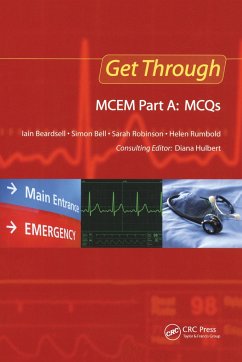Nicht lieferbar

Value and Quality Innovations in Acute and Emergency Care
A thought-provoking text for emergency physicians and healthcare managers analysing how acute and emergency care can be made more efficient, featuring twenty case studies of successful innovations, including telehealth, observation medicine, high utilizer programs, and the use of informatics to improve clinical decision support.












